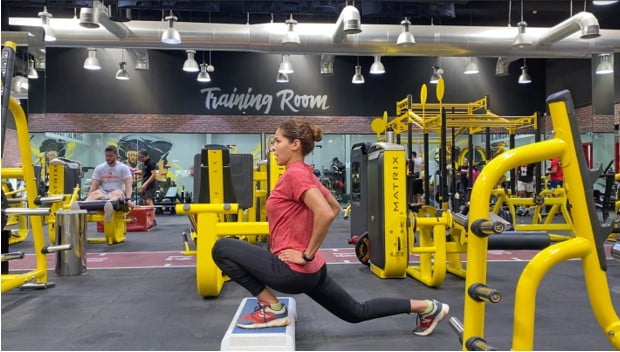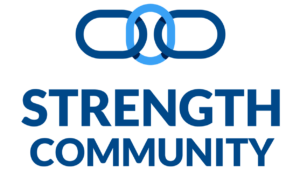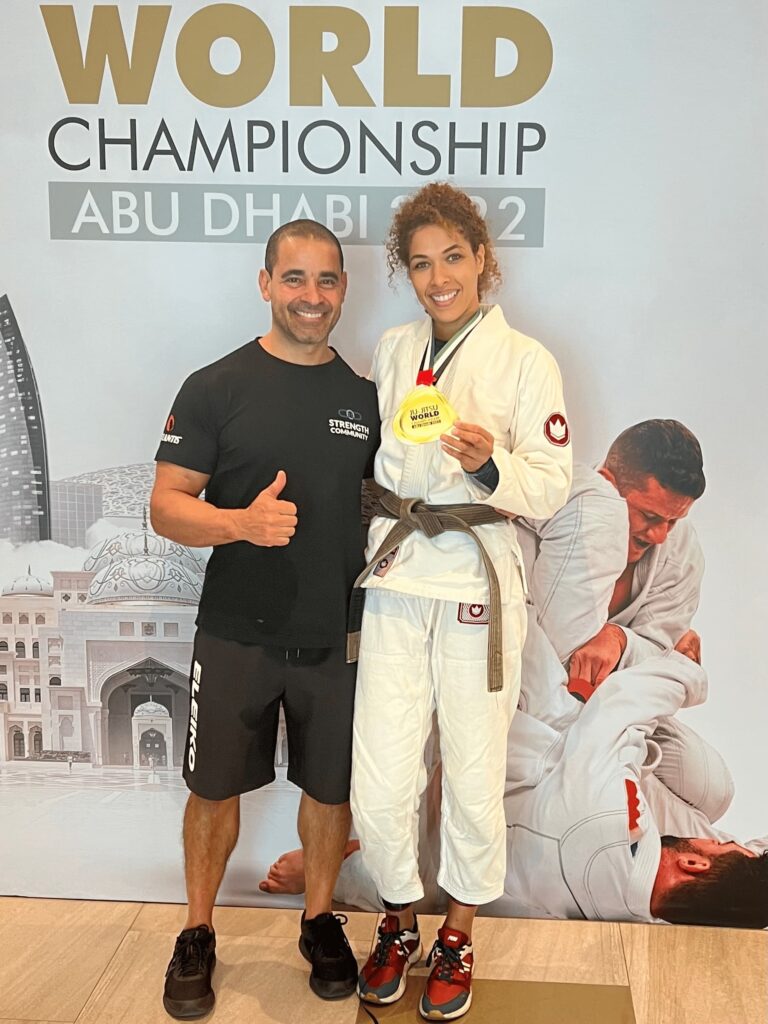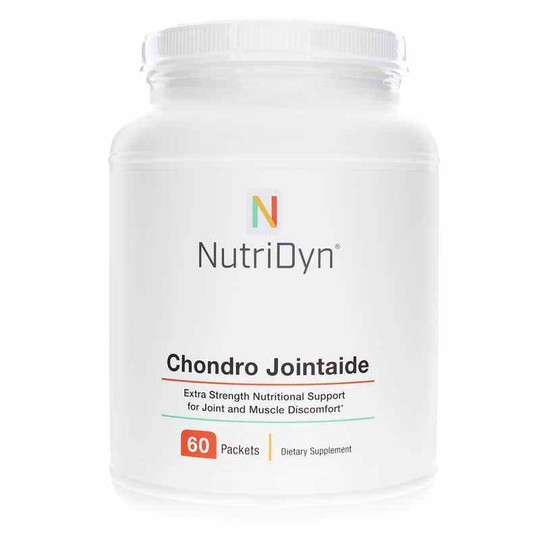BJJ World Champion – The Comeback of the Year
Expert coach in preparation for Olympic competitions
A series of injuries kept Hind Charifi away from her sport, Brazilian Jiujitsu, for about a year. This is the story of how we did her recovery process, together with her training, to go back to the mat and win The World Championship by the end of 2022.
Everything started with a message from strength coach extraordinaire Jerome Simian, asking me if I knew someone in Dubai who could help Hind. As I was not at that moment in Dubai, my wife started treating her with great success.
Hind’s Injuries:
The first time I saw Hind, she came with a series of MRI and diagnostic images showing the following injuries:
- The herniated disk between C5 and C6
- Right shoulder bursitis and impingement
- The herniated disk between L4 and L5
- Torn meniscus on the left knee
Sadly, her knee needed surgery, so she proceeded with it. In the meantime, I contacted Greg Peterson (R.I.P.), co-founder of NutriDyn, and we came up with the best supplement protocol to accelerate recovery from knee surgery.
With the generosity that always characterized Greg, and his desire to support sports and health, he decided to sponsor Hind and sent all the supplements that she needed. Thank you very much, Greg!
The Supplement Protocol
With the help of the protocol, the treatments, and her discipline, her recovery from the surgery was in record time.
We were able to start training 5 weeks after the surgery.
This was the protocol:
The Assessment
As I teach in class, I always perform the Structural Assessment on every person, and Hind was no exception.
For obvious reasons, I didn’t do the Lower Body Stress Test or any other test that could create any additional pain, but I had the priority perfectly defined, and that of course, was her knee.
For the upper body with a shoulder being injured, the priority was her shoulder.
Obviously, I addressed her lower back and neck, but as you might already know, priority means “one”.
Another important piece of the puzzle was the meeting we had with the great Royce Gracie.
Besides discussing different aspects of the sport, the injuries, and specific needs, he pointed out something extremely important, and it was the reaction.
He said, it must be instant, and it must come naturally, so there is no room for thinking or analyzing, it’s simply a naturally embedded reaction.
Also, Jerome performed other tests when he met Hind and found a lack of activation in certain muscles and excess activation in others.
His observations were also included in the first training program and all activations issues (excess and lack of) got corrected in 2 weeks.
The second part of the assessment was her neurotransmitter profile, which included a short series of questions from my side, in order to validate the accuracy of the results.
And the third and final part was her Metabolic Balance. Even though the software gives priority, there was another marker that I monitored carefully due to the nature of the sport, but more of that in a few minutes
The Training Program
A note about the training programs:
The timeline of the training programs mentioned below is not necessarily continuous, as she traveled to her country on more than one occasion, and there were other factors that didn’t allow us to do the whole 10 months in a continuous fashion.
The Rehabilitation
As logic dictates, we started with a rehab program that was centered around her knee and lower back for the lower body, and shoulders and neck for the upper body.
Her response was so good, that she adapted to the program after 3 sessions of the upper and lower body, so I wrote the progression of the rehab program based on the results of the first one.
This second phase had the same effect and she also adapted to it in 3 sessions which made me proceed to the Structural Balance training.
I have to admit that I used all the methods that I teach in the Instant Strength & Mobility class, and the results were notorious.
Structural Balance
Based on the Structural Assessment, the specific needs for her sport, and the previous rehab phases, the structural balance training for the upper body was centered around chin-ups and trap 3, making sure to always work on the neck.
Here it’s important to mention that when I did her first Assessment, she was not able to do chin-ups.
For her lower body, the program was centered around her VMO and posterior chain.
During this structural balance phase, we achieved two important milestones which were:
- Full range of motion of the knee without any type of pain
- Her first chin-up
 Now, it was time to go back to the mat and start practicing BJJ again, or as she calls it, start fighting again!
Now, it was time to go back to the mat and start practicing BJJ again, or as she calls it, start fighting again!
And here we got an interesting surprise.
After her first day of specific BJJ training, she reported being exhausted and out of breath.
I knew that going back to fight was going to be hard, but it never crossed my mind that it will be that hard.
That made me change in full all her planned periodization because we had to include a conditioning phase, that was not planned from the beginning because, in general terms, the specific training of the sport takes care of that.
The Conditioning
Due to the nature of the sport, the conditioning phase included 2 full-body training programs.
Because of the specific BJJ practice, and taking into count her recovery, we only trained 3 times per week.
The duration of this phase was dictated by her feedback from the mat.
When she mentioned that she was able to have 7 fights in a row – which took about 3 weeks – I knew that we achieved the conditioning levels that I was looking for at that moment.
It is not uncommon to find important BJJ championships where a competitor has to fight more than 7 times in a day, so I had to be sure that she was prepared for that.
Relative Strength Development
The inclusion of the conditioning cut the time I had planned for relative strength development, but I have to say that the situation didn’t make me enter into panic mode.
I knew what we had achieved so far, and I was very confident with the progress experienced in the previous phases.
This was the second occasion that I used the Instant Strength & Mobility methods, and the results were fantastic.
In only 2 weeks, the increase of the lower body strength was between 15% and 20% and for the upper body was between 17% and 22%.
Training for Power
The last phase of this training journey was focused on the development of power, which is essential for the sport, and it’s an important support for the fighting style.
As you might know, the development of power entirely depends on strength, and based on the results of the previous phase, I was completely positive about her response to this training modality.
The results were outstanding. In every set and every training session, her power improved significantly.
Her jumps were higher and higher to the point that a large number of people at the gym stopped their training to see her jumping, with applauses at the end.
When she was pulling the sled, the dragging of the sled was so extensive, that I had to stop the sled several times in order to prevent it from hitting her, even at the highest weights we used.
Metabolic Balance as a Fundamental Tool for Hind’s Success
As mentioned before, Metabolic Balance is part of my regular assessment of an athlete, and there are several reasons for that:
Optimization of Body Composition
In most sports, competing with an optimal body composition is of paramount importance.
In the case of BJJ, the nature of the movements makes it mandatory to minimize intra-muscular friction and that can be accomplished by decreasing the amount of subcutaneous and intramuscular fat.
The goal was to be between 16% and 17% body fat, as those percentages have been shown to minimize intra-muscular friction in females.
By the day of the competition, her body fat percentage was 16% and based on her feedback from the mat, and the strength and power development on different exercises,
I was sure that the intra-muscular friction was at its minimum.
Recovery Profile
And while body fat percentage is really important for a successful training process, it’s not the whole picture and in Hind’s case, a specific profile from Metabolic Balance was crucial.
As you might already know, after including the measurement of the 14 skinfolds of the body, the Metabolic Balance software provides a hormonal profile indicating the priority and the adequate supplement protocol to address it.
Even though I always follow the results of the software producing fantastic results, in Hind’s particular case
I was also paying special attention to the Recovery Profile (hormonal family), which includes the hormones involved in the recovery process.
Based on the amount of training that a world-class BJJ competitor has to go through, making sure that the recovery process is taking place optimally, was something that I had to ensure.
The goal was to decrease the deviation from the norm, aiming for a deviation of cero (0).
By the day of the competition, her deviation from the norm was 0.04, which means that her recovery hormones were being secreted and used optimally and that the training load, together with the tapering, were properly planned and performed.
Making the Weight
A practice of weight class sports I’m totally against is to make the weight the day before or even the day of the competition.
For those of you that are not familiar with the concept, I’ll give a brief explanation.
Let’s say an athlete competes in the 75 Kg weight class, and the day before the competition he/she is, let’s say 78 Kg.
That means that those 3 kilos have to disappear from the body and the procedures used for that, inflict a lot of stress on the body, end up sacrificing lean muscle mass, and messing up different hormones.
All of them, are not desirable, especially right before competing.
I use a completely different approach which is to reach the competing weight at least 4 weeks before the event and stay slightly below it during those 4 weeks.
The reason is very simple. Avoid the situations explained in the previous paragraph and make sure that the athlete can perform competently and move properly with the competition's body weight.
Hind made weight about 5 weeks before the World Championship, and on the day of the competition, she was 500 grams below the limit for her weight class.
The Tapering
The tapering can be as important as all the training process done.
If you don’t do it right, you can ruin the result of the competition. Too long before and the athlete will detrain. Too close to the competition and the athlete won’t be fully recovered.
Both situations will prevent optimal performance on the day of the competition.
Based on her recovery capacity from the different training sessions and the evolution of the Recovery Profile from her Metabolic Balance, I was able to prescribe the correct tapering for her.
The Competition
The day of the competition is very stressful, with a lot of different administrative and logistics things going on, and of course a lot of different thoughts and feelings in the head of the athlete.
As a coach, naturally I was nervous but totally confident and positive about the outcome.
We did everything right to get her at her peak condition.
She was lean, strong, and powerful, so it was just a matter of going through the fights. I also have to say that she’s mentally strong, very strong!
She managed correctly fights before the final, not overexposing herself to the natural risks of the sport, not allowing the opponent will make her exhausted, not displaying the highest levels of strength and power, and not showing her planned strategy for the final.
She managed it so well, that it looked like a warm-up.
When the final started, the expression of power was instant and her reaction was totally natural, just like coach Royce Gracie suggested.
She attacked the opponent at full speed, then got into a situation of control, properly expressing her strength.
This led Hind to win by submission, which is a very honorable way to win!
Final Thoughts
The training of an athlete for a World Championship is a very complex process that requires a lot of proper planning, teamwork, hard work, observation, feedback, analysis, flexibility, and probably the most important aspect, trust.
Without the full trust of any of the parts, the chances of winning a medal decrease dramatically.
After about one year of no training or competing, 4 injuries, and surgery, winning the Gold Medal in the World Championship can confidently be considered as the comeback of the year!
Congratulations Hind Charifi!
Coach Carlos Castro







